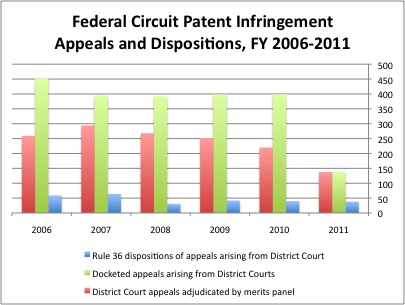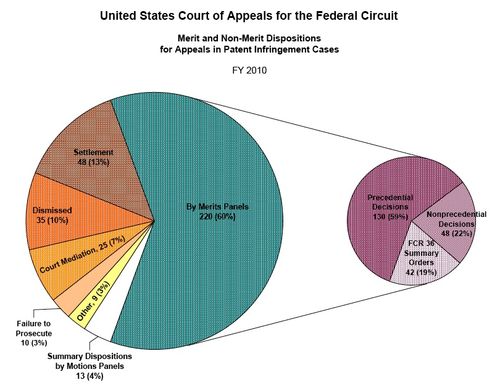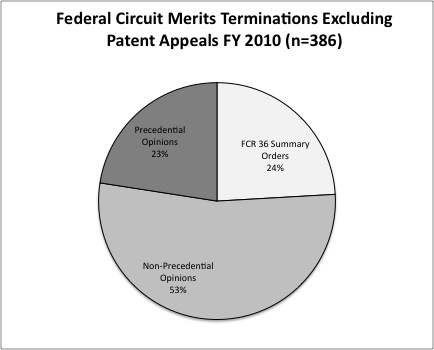By Oskar Liivak
Assistant Professor, Cornell Law School
As Jason Rantanen’s post describes, Centocor claimed but failed to disclose any fully humanized antibodies. Abbott consistently pushed this argument and they won. It was the simplest and most direct way to dispose of the case. This approach necessarily left other important issues undecided, however. Both Eli Lilly and I separately filed amicus briefs in favor of Abbott and we both argued for a decidedly more aggressive, alternative argument for written description invalidity. As the Court in Centocor disposed of this case by simpler means, clear judicial resolution of our arguments will have to wait for another day.
This post highlights those remaining issues, why we should still care about them, and how they are tied to a much larger ongoing struggle in patent law – can a patent claim cover more than what was actually invented (i.e. conceived and disclosed) by the inventor? I think the answer is clear – it cannot – but not every patent attorney or CAFC judge agrees. I think this is perhaps the most important ongoing debate in patent law. § 112 as applied to antibodies is but one battlefront in this larger fight.
ABANDONING THE ANTIBODY EXCEPTION
The arguments in both of our briefs would have resolved the case in favor of Abbott but would have also resolved a very problematic ambiguity relating to the written description for antibodies generally – the so-called ‘antibody exception.’ The PTO’s written description guidelines seem to suggest that disclosure of an antigen alone can provide § 112 support for any antibody that binds to that antigen. See U.S.P.T.O., Written Description Training Materials Revision 1 March 25, 2008 at 45-46. Cases like Noelle v. Lederman, 355 F.3d 1343 (Fed. Cir. 2004), have cited these guidelines but the guidelines have yet to be really at the center of a case – even here in Centocor the CAFC distinguishes them. The trouble is that those PTO guidelines are in tension if not complete conflict with written description as described in Ariad v. Eli Lilly, 598 F.3d 1336, 1354 (Fed. Cir. 2010) (en banc). With the rapid growth of and enormous revenues associated with antibody related therapies, patent law must clarify this issue.
The crux of the argument is simple. I believe that the disclosure requirements of § 112 limit claims to the subject matter actually invented by the inventor and disclosed by the specification. Ariad at 1351. If we consistently applied this rule for disclosure in light of today’s understanding of protein structure, disclosure of a well characterized antigen alone would not provide support for an antibody that binds to that antigen. And disclosure of one actual antibody provides § 112 support only for that antibody—not the entire genus of antibodies that binds to the antigen. This view is in direct conflict with the antibody exception. Here is the argument.
Ariad reaffirmed that § 112 “requires … that the specification must … show that the inventor actually invented the invention claimed.” Id. As best I can surmise, to invent something a person must conceive it. Conception is how patent law decides when something is invented; conception is how patent law decides who invents something; and it should be the way patent law determines what the something is that was invented. From the perspective of conception (namely a “definite and permanent idea of the complete and operative invention, as it is hereafter to be applied in practice”) the antibody exception and the broad claims it would allow start to look totally absurd.
The problem is, as put by Eli Lilly in their amicus brief, “[e]ven with today's most advanced scientific tools, it is impossible to predict the actual structure … of a not-yet-known antibody based on the structure of an antigen or even the structure of another antibody that binds that same antigen.” Though my own scientific background was not in immunology (it was in the more general field of three dimensional protein structure determination) I agree with Eli Lilly. Even given the three dimensional structure of an antigen, no person today can conceive (without actually going into the lab and making one) an antibody that will bind to that antigen. Furthermore, even once we make one antibody that does bind to an antigen, that alone does not allow for the conception of any other antibodies (much less every antibody) that will also bind to that antigen.
As the Federal Circuit determined, Centocor’s “application only provides amino acid sequence information … for a single mouse variable region.” Slip Op. at 14. That meager though still useful (see http://en.wikipedia.org/wiki/Infliximab) disclosure pales in comparison to the broad genus of variable regions that were claimed. Asserted claims 2 and 3 covered any antibody with a human constant region and a human variable region that binds and neutralizes TNFα in a similar location as the deposited antibody. There is nothing in the specification that evidences conception of any other variable regions beyond the one deposited variable region. That disparity between the solutions disclosed versus the solutions claimed is why I viewed this case as being nearly identical to the over-reaching patentees in The Incandescent Lamp case, 159 U.S. 465 (1895). Where a solution to a technical problem is found through trial and error (even sophisticated, elegant trial and error like for antibodies) without further discovering how to extrapolate to other solutions from the one found solution, then claims cannot exceed that one particular solution. See id. at 472. As a result I argued that the asserted claims are invalid under § 112 because they claim variable regions (whether humanized or not) that Centocor certainly did not invent or disclose.
From a policy perspective some might worry that this will provide incredibly narrow and worthless claims in a rapidly growing and important field. I am not so sure. It will certainly allow others to produce their own antibodies to the same antigen as the other antibodies will likely differ in actual variable region structure. The narrow claims still prevent outright piracy and copying of your particular antibody but they also leave room for competition. With tens of thousands of dollars a year for treatment for these drugs, a little fair competition doesn’t sound bad. Lastly, the big question is the ability for generic biologic producers to piggy back on the testing data for the initial biologic. I don’t see a problem from narrow claim scope in this regard either. Though it depends on the details of the generic approval process for biologics, roughly speaking I wouldn’t want safety and efficacy data from one antibody to be used to confirm the safety and efficacy of structurally different antibodies even if they bind to the same antigen.
When § 112 and its usage of ‘the invention’ is rightfully tied to the subject matter actually invented (i.e. conceived and disclosed), then the shortcomings of the antibody exception become quite apparent. In fact, when viewed in that light (which I think is the only way to interpret the statute) I cannot fathom a scenario by which the PTO could have possibly drafted the antibody related written description guidelines that have led to the antibody exception.
THE INVENTION AS THE EMBODIMENTS CONCEIVED AND DISCLOSED
But therein lies the problem: not everyone in patent law thinks about the statutory appearances of the invention in § 102, § 112, and more importantly § 271, as tied to the subject matter actually invented (i.e. conceived and disclosed). For some the invention is just a short-hand reference for whatever subject matter the applicant claims because “the claims … define the invention….” Innova/Pure Water, Inc. v. Safari Water Filtration Sys., Inc., 381 F.3d 1111, 1115 (Fed. Cir. 2004). The difference between these two views is critically important yet patent law has never confronted this confusion directly. In fact, ask yourself, how do you conceptually and practically define the ‘invention’ in 35 U.S.C.? I think some of our most pressing debates are fueled by talking past each other. We are often thinking differently about the invention without actually being aware of the disagreement.
The fight over the disclosure requirements evidenced in Ariad and Centocor is just one visible battle between these two world views. Another important flashpoint is claim interpretation. Just a month ago on Jan. 24 (as noted here on Patently-O) in IP Frontline, Hal Wegner described the ongoing problems with claim interpretation. Discussing Arlington Indus. v. Bridgeport Fittings he pointed to the “festering sore” in Federal Circuit jurisprudence over the proper conceptual relationship between the claims and the specification. He noted that “[u]ntil there is a final resolution of this debate there will never be clarity in claim construction at the Federal Circuit.” That festering sore is another important instance of this broader fight over the proper conceptual relationship between claims, the invention, and the specification. In a recent article, I further detail this controversy and its proper resolution. For those interested in that broader discussion see Oskar Liivak, Rescuing the Invention from the Cult of the Claim (http://ssrn.com/abstract=1769270).
I thank Kevin E. Collins and Jason Rantanen for very helpful and insightful comments.

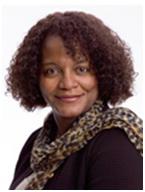 Sharon Barner returns to the practice of law
Sharon Barner returns to the practice of law 
 European member states will soon operate under a single patent law system rather than rely on their individual patent law systems. While the single patent law system is voluntary, most European states joined the system. There appear to be at least 2 holdouts as Italy and Spain have decided not to join at this time.
European member states will soon operate under a single patent law system rather than rely on their individual patent law systems. While the single patent law system is voluntary, most European states joined the system. There appear to be at least 2 holdouts as Italy and Spain have decided not to join at this time.  Sharon Barner returns to the practice of law
Sharon Barner returns to the practice of law

 European member states will soon operate under a single patent law system rather than rely on their individual patent law systems. While the single patent law system is voluntary, most European states joined the system. There appear to be at least 2 holdouts as Italy and Spain have decided not to join at this time.
European member states will soon operate under a single patent law system rather than rely on their individual patent law systems. While the single patent law system is voluntary, most European states joined the system. There appear to be at least 2 holdouts as Italy and Spain have decided not to join at this time. 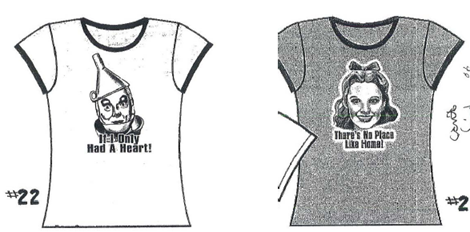

 US Patent Office Director David Kappos has announced his new Deputy Director: longtime intellectual property law professional Teresa Stanek Rea. Ms. Rea is currently a partner at
US Patent Office Director David Kappos has announced his new Deputy Director: longtime intellectual property law professional Teresa Stanek Rea. Ms. Rea is currently a partner at 
